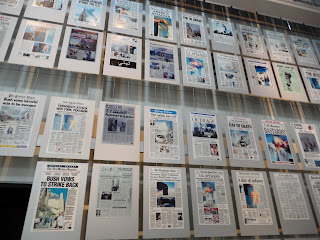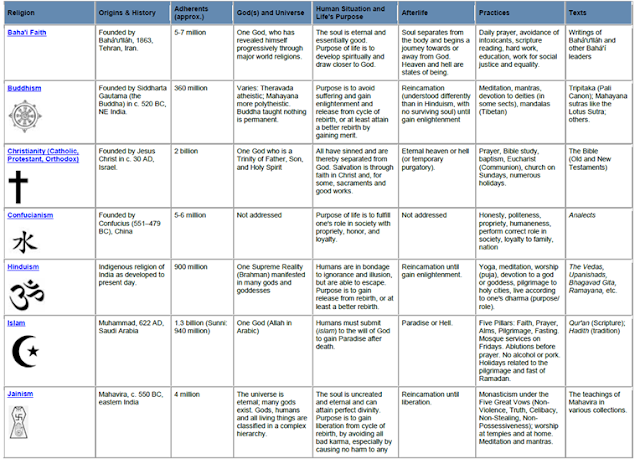看到加州的阳光,我才相信自己是真的已经坐在了bay area 的土地上。
1 要有很快的作决定的能力
大到合适进入和离开某个城市,小到在哪里吃饭,哪里住宿,整个旅行的过程都在检测我做决定的能力。在法国,就因为晚了10秒钟定旅馆,我就在马赛几乎到了无地可住的状态。
2 提前做计划
整个欧洲火车系统就是提前计划最好的反应。由于我第一次用这个系统,都没有提前订票,导致很多直达的火车全都爆满。
3 世界上还是好人多
火车上,hostel 里,city walking tour 各个地方都充满了对旅游狂热的人们。虽然彼此都是陌生人,可是大家会热情地分享旅游心得,结伴出行或是交换语言。走在路上,让我看到了一个彼此交流,互惠互利的世界。
后悔在欧洲的时间是如此的短暂。今年又游到墨西哥。却又感叹时间太长。不同的文化,不同的心境阿
在过去的半个月内转展了太多个地方。先是在拿到法国签证后的两天飞进了巴黎,从巴黎一直坐火车到日内瓦,再花了一天做进了巴塞罗那。然后就是在西班牙这片神奇的土地上每天的奇遇。同是火车,让我把西班牙的南北部都走了一遍。从马德里飞回北京的两天内踏上了台湾的土地。在这片宝岛上尽享美食,美景和酷暑。三天后就飞入了旧金山。简单一算,过去的17天里,去了6个国家,访问了10个城市,做了差不多58个小时的飞机。真是还没有开始工作就把travel当成家常便饭了。
终于结束了一天一个城市的走马观花,结束了每天换床的流浪生活。可是最终也没有回到家,而是来到了隔着一个太平洋的土地。也许这就是喜欢看世界的代价吧。游子总要以四海为家阿。
这是我自己第一次独自旅游。想想当时的胆子也真是蛮大的,拿着机票,订好hostel,背着包就上了飞机。想想看,很多时候旅游是一个很简单的决定。果断一下,就上路了。而犹豫只能永久的留下遗憾。这次走出去,感受很深。总结一下有几点:
1 要有很快的作决定的能力
大到合适进入和离开某个城市,小到在哪里吃饭,哪里住宿,整个旅行的过程都在检测我做决定的能力。在法国,就因为晚了10秒钟定旅馆,我就在马赛几乎到了无地可住的状态。
2 提前做计划
整个欧洲火车系统就是提前计划最好的反应。由于我第一次用这个系统,都没有提前订票,导致很多直达的火车全都爆满。
3 世界上还是好人多
火车上,hostel 里,city walking tour 各个地方都充满了对旅游狂热的人们。虽然彼此都是陌生人,可是大家会热情地分享旅游心得,结伴出行或是交换语言。走在路上,让我看到了一个彼此交流,互惠互利的世界。
后悔在欧洲的时间是如此的短暂。今年又游到墨西哥。却又感叹时间太长。不同的文化,不同的心境阿






